The history of the Easter egg as a phenomenon begins in the distant past, from the pagan cult, in which it was an important element of various rites and rituals. The Easter egg is closely connected with the religious beliefs and ideas of our distant ancestors about the creation of the world, with fertility and worship of it, with solemn rituals associated with the annual cycle of the revival of nature and the glorification of its forces. The egg is a symbol of the beginning, a symbol of new life, rebirth, this meaning was known to all peoples in ancient times, and it has remained so to this day. The drawings of ancient Easter eggs repeat the motifs of painted ceramics of the Trypillian culture. Thus, researchers distinguish between prehistoric graves of Slavic and non-Slavic origin, the use and manufacture of Easter eggs was characteristic of the ethnic groups of Slavs, who later received the name Ukrainians.
In ancient times, even before the adoption of Christianity, the Easter egg served as a talisman for its owner. Balls were placed inside ceramic Easter eggs, which, when shaken, knocked and drove away evil spirits and evil forces with this sound. Archaeologists found such Easter eggs in burials in Novgorod and Kyiv. These first cities were, at one time, the centers of the art of Easter egg making during the period of Kyivan Rus. In total, archaeologists found about 20 cities in our country, in which the art of making such talismans was widespread.
According to the beliefs of our distant ancestors, the pysanka had magical good power - it brought happiness, prosperity, well-being, and protected its owner from the forces of evil. The pysanka was sometimes buried underground so that the egg would make the harvest rich and generous. The pysankas were laid out on the graves of ancestors, they were placed in the middle of the graves of young children, and lovers used the pysankas to express their feelings. People believed that it was a whole art to paint an egg so that it became a real amulet, so that the symbolism depicted on it fulfilled its important purpose. To do this, you need to know when exactly to start making the pysanka, how to pray correctly before it, and who exactly this or that pysanka would go as a gift.
Time passed, and the symbolism lost its deep sacred meaning. Only the connection with children's games, Easter, and spring groves remained. Pagan symbols acquired a different interpretation and meaning, gradually mixing with Christian motifs.
The process of making pysanka is quite complicated. In ancient times, it was influenced by many factors, it was necessary to paint pysanka at a clearly defined time, having previously made a conspiracy, and signs and symbols were written in the appropriate colors. Today, from this variety of conditions, only the symbolism of color and image remains significant. The technique of making pysanka itself divided all eggs into twenty varieties, but only five have survived to this day.
The most popular motifs of ornaments in pysanka (of which there used to be more than a hundred):
- The curve, or infinity, means the eternity of the Sun's movement, the thread of life.
- Rose, Trigver, star, square cross – these are symbols of the sun, marking the four cardinal points. Trigver (also trining, has existed in culture since the times of Trypillia) – means symbols of life: earth, sky and air, or fire, air and water.
- Forty wedges are forty points in life, prosperity and success in the household, wealth and decency of a person.
- Spider, or horned spider, rosettes, mills, web - the oldest solar symbol.
- The dots represent the tears of the Mother of God and the heavenly bodies.
- Plants, fir branches – youth in its eternity, health, the wildness of nature, beauty.
- Ears of wheat - harvest.
Eggs painted in one color are called krashanki. The color of the egg also carries a certain meaning.
- The color red means life, joy, hope, love, and for those who are still unmarried, it brings hope for a wedding and the hope that a partner will be found.
- Yellow is the moon, stars, and in farming, it signifies the harvest.
- Blue is associated with the sky, air, and its magical meaning is health.
- Green – resurrection, rebirth of nature, its wealth and generosity, fertility, a rich harvest.
- The combination of black and white colors speaks of respect for the souls of the dead, thus expressing gratitude to the spirits for their help and protection from evil spells.
- The combination of several colors in patterns (four or five colors) means happiness in the family, peace and love, success and prosperity.
Each region has its own preferences in colors, by which you can determine the origin of the pysanka. Masters of Polissya, Volhynia, and partly Podillia make their pysankas mainly red. In the Dnieper region, patterns are applied to eggs in the form of wide symmetrical fields and thick lines. For the Transnistrian Podillia, a dark or white background on dark pysankas is characteristic. Boykiv pysankas have two colors, Hutsul pysankas are distinguished by the fact that they are painted in yellow and white on red.
Giving Easter eggs was filled with its own deep meaning, it was done with the desire to bring good, help or even enchant. Easter eggs given to young children were light-colored, boys and girls were given Easter eggs with solar symbols, trigver, made in joyful colors. The owners usually received Easter eggs with forty wedges, zigzags, and the elderly - with belts, in red tones.
The technology of making Easter eggs was also different. The most common way of coloring eggs was painting, when melted wax was poured into a pen (a specific variation of a writing pen) made of thin tin, ornaments were drawn with it, and then the egg drawn with wax was dipped into paint of a certain color. The places covered with wax remained white. Then, the places where it was planned to make a new pattern were covered with wax, and again dipped into paint of a different color, and so on several times. When all the intended lines, signs and ornaments were applied, the egg was heated, usually in an oven, where the wax melted and flowed. This left multicolored and each time uniquely original ornaments.
Legends were composed about Easter eggs, some of which have survived to this day. One of them, for example, says that the fate of the whole world depends on the number of Easter eggs painted annually. And as long as Easter eggs are made, the world is safe, but as soon as this custom is forgotten or ignored, the devil will be freed from the iron shackles with which he is currently immobilized, and the world will be destroyed. The devil lives underground, and an iron chain chains him to a rock. And every year he sends his servants on a journey around the world to see with their own eyes whether Easter eggs are still being painted, as before, or whether many more are being created. If there are still many of them, the bonds remain strong, and the devil's power is less, because human love is above all, and no evil can resist it. Therefore, the more Easter eggs each of us makes, the more love and goodness will reign in the world. And the days leading up to Easter inspire people to create beautiful painted eggs with wishes of goodness, health, and prosperity for their family and friends.

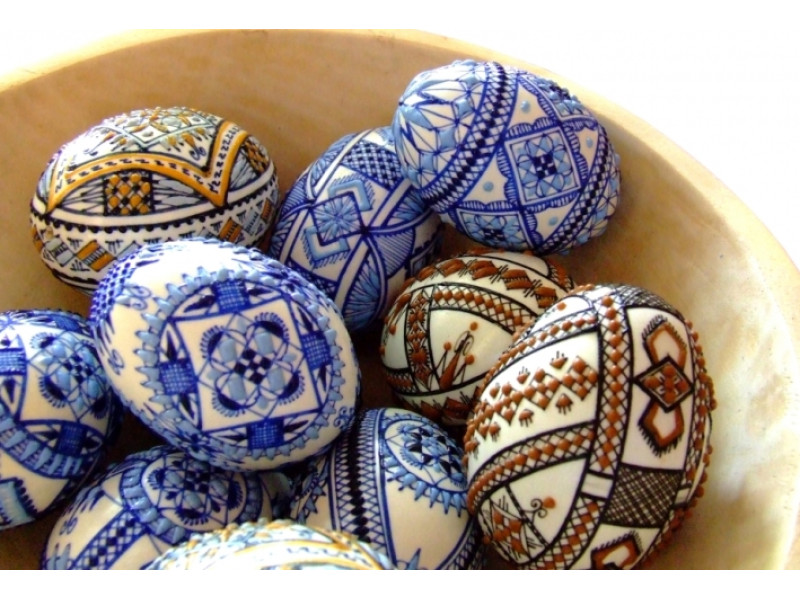
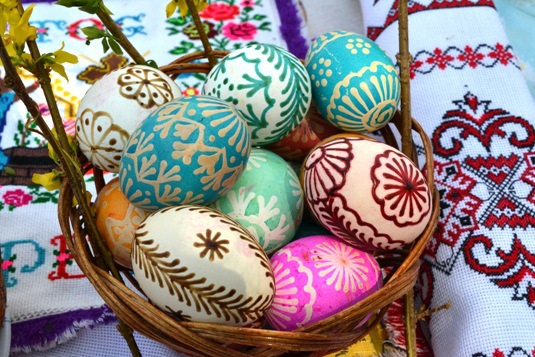
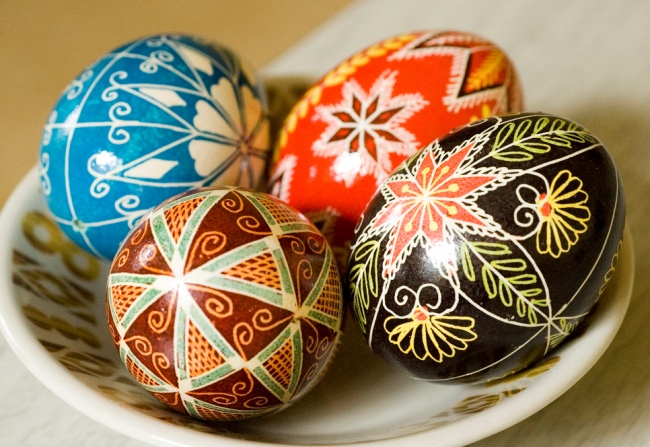
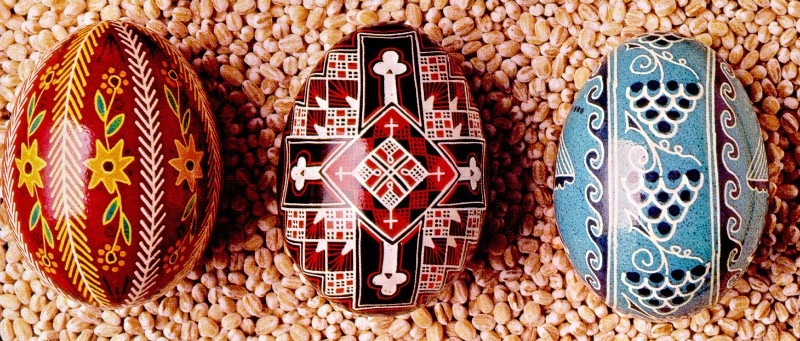

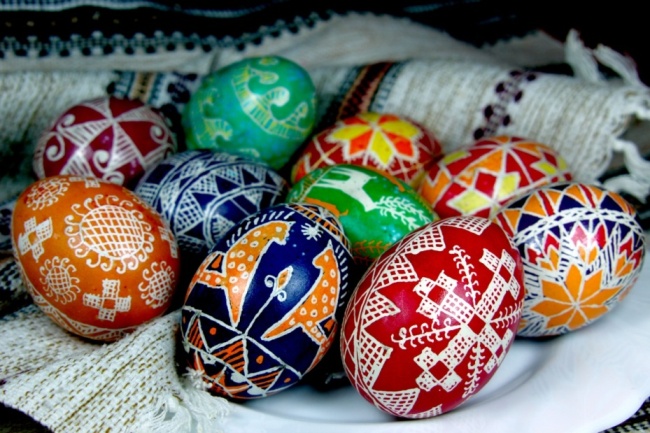
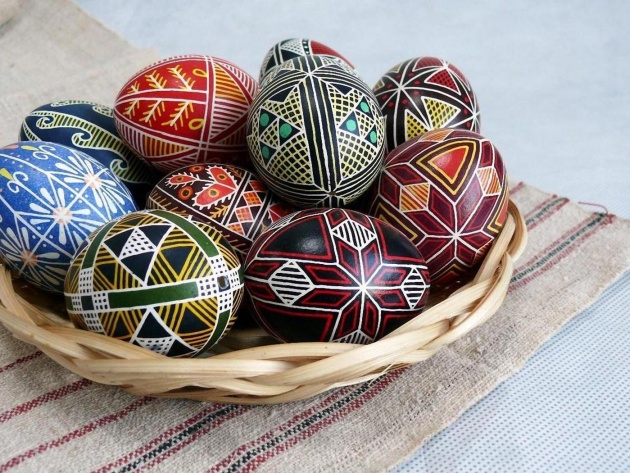
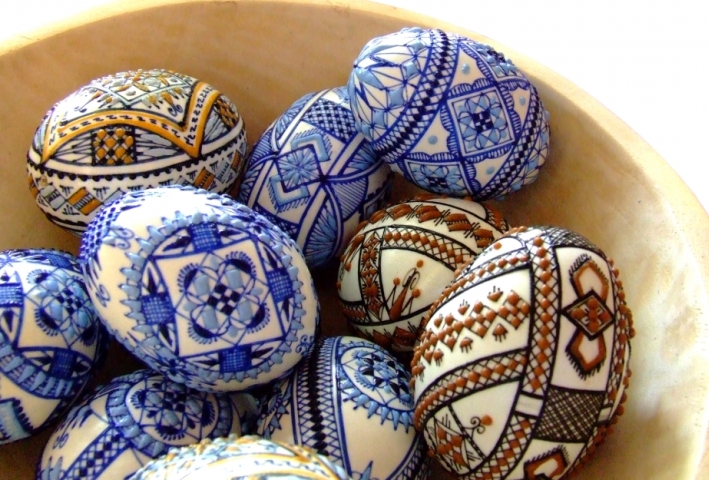
Write a comment